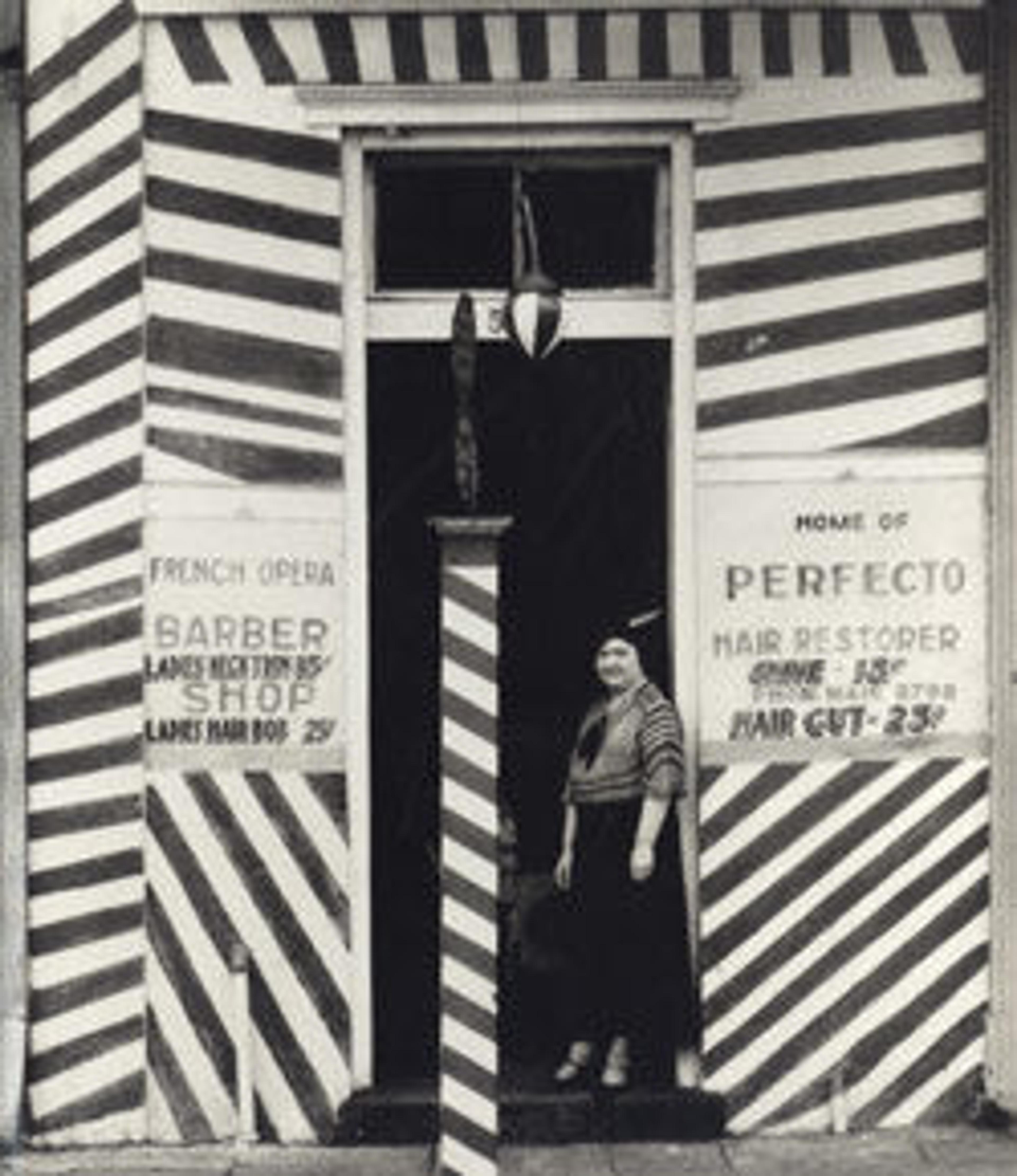Coal Dock Workers, Havana
Evans arrived in Havana in spring 1933, just months before the collapse of the bloody eight-year reign of dictator Gerardo Machado. He had been commissioned by the Philadelphia publisher J.B. Lippincott to make pictures for Carleton Beals's Crime of Cuba, a history of the country and an indictment of American support for Machado's regime. Evans claimed never to have read the book, however, and would routinely distance himself from the ideological agendas of his employers. Instead, the photographer probably looked for inspiration to the model of Eugène Atget, the great encyclopedic chronicler of another city on the cusp of historic change. Evans made over 400 negatives during his stay, collecting the city with his camera: from street vendors and commercial signs to policemen, sleeping beggars, and the stevedores pictured here.
Artwork Details
- Title: Coal Dock Workers, Havana
- Artist: Walker Evans (American, St. Louis, Missouri 1903–1975 New Haven, Connecticut)
- Date: 1933
- Medium: Gelatin silver print
- Dimensions: 12.7 x 17.7 cm (5 x 7 in.)
- Classification: Photographs
- Credit Line: Purchase, The Horace W. Goldsmith Foundation Gift, through Joyce and Robert Menschel, 1990
- Object Number: 1990.1143
- Rights and Reproduction: © Walker Evans Archive, The Metropolitan Museum of Art
- Curatorial Department: Photographs
More Artwork
Research Resources
The Met provides unparalleled resources for research and welcomes an international community of students and scholars. The Met's Open Access API is where creators and researchers can connect to the The Met collection. Open Access data and public domain images are available for unrestricted commercial and noncommercial use without permission or fee.
To request images under copyright and other restrictions, please use this Image Request form.
Feedback
We continue to research and examine historical and cultural context for objects in The Met collection. If you have comments or questions about this object record, please contact us using the form below. The Museum looks forward to receiving your comments.
